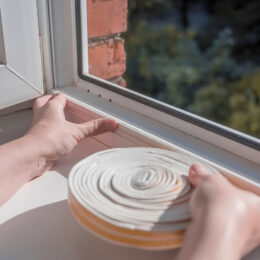 Whether you’re purchasing a new washing machine, an electric stove or that new deep freeze for the garage, researching the durability, brand and customer service that accompanies the appliance is common practice.
Whether you’re purchasing a new washing machine, an electric stove or that new deep freeze for the garage, researching the durability, brand and customer service that accompanies the appliance is common practice.
Another key topic to research is the energy efficiency of your new appliance, i.e., how much it’s going to cost to run after the purchase price is paid. To calculate the savings you may receive by purchasing an energy-efficient machine, first you’ll need to know how much you are currently paying when running your existing appliance.
Contacting your local electric cooperative is always beneficial, but did you know the quickest and easiest way to estimate common appliance energy use is right at your fingertips through the resources offered on the Department of Energy’s website — energy.gov? Utilizing the appliance energy calculator, members can enter in a type of appliance, its wattage (listed typically on the label or box), the utility rate your cooperative charges per kWh (found on your most recent electric bill), and how often and long the machine operates (national averages are given on the website).
The calculation provided will give you an estimated cost of operation for your old appliance. This estimate may not be completely accurate to your spending if your current appliance is faulty, meaning that you could be paying much more than the calculated amount. Energy.gov also provides different methods for getting an estimated cost that’s attuned to your appliance.
Having an estimated yearly expense will be helpful as you search for a new appliance. EnergyStar appliances often have a higher purchase price, but their lower running cost and longer lifespans make them a much smarter investment in the long run. To determine your savings, compare the estimated energy cost of your old appliance with the EnergyGuide Label (shown above) on the new models that you’re looking to purchase. Appliances are a necessity in running the modern day household, but the cost of running older, less efficient appliances may be more than you think. By calculating these costs and taking advantage of the resources provided in this article, you too can determine the best appliance for both your home and your energy bill.
By Kyla Jones,



